
Patios, Walkways & Driveways
We unite suppliers and green industry professionals worldwide
Nasturtiums are a delightful combination of bright, cheerful blooms and edible leaves, flowers, and seeds. These easy-to-grow annuals are as much at home in the vegetable patch as they are trailing from a hanging basket or brightening a dull corner of the
By Mariam Scott
|Published on June 17, 2025
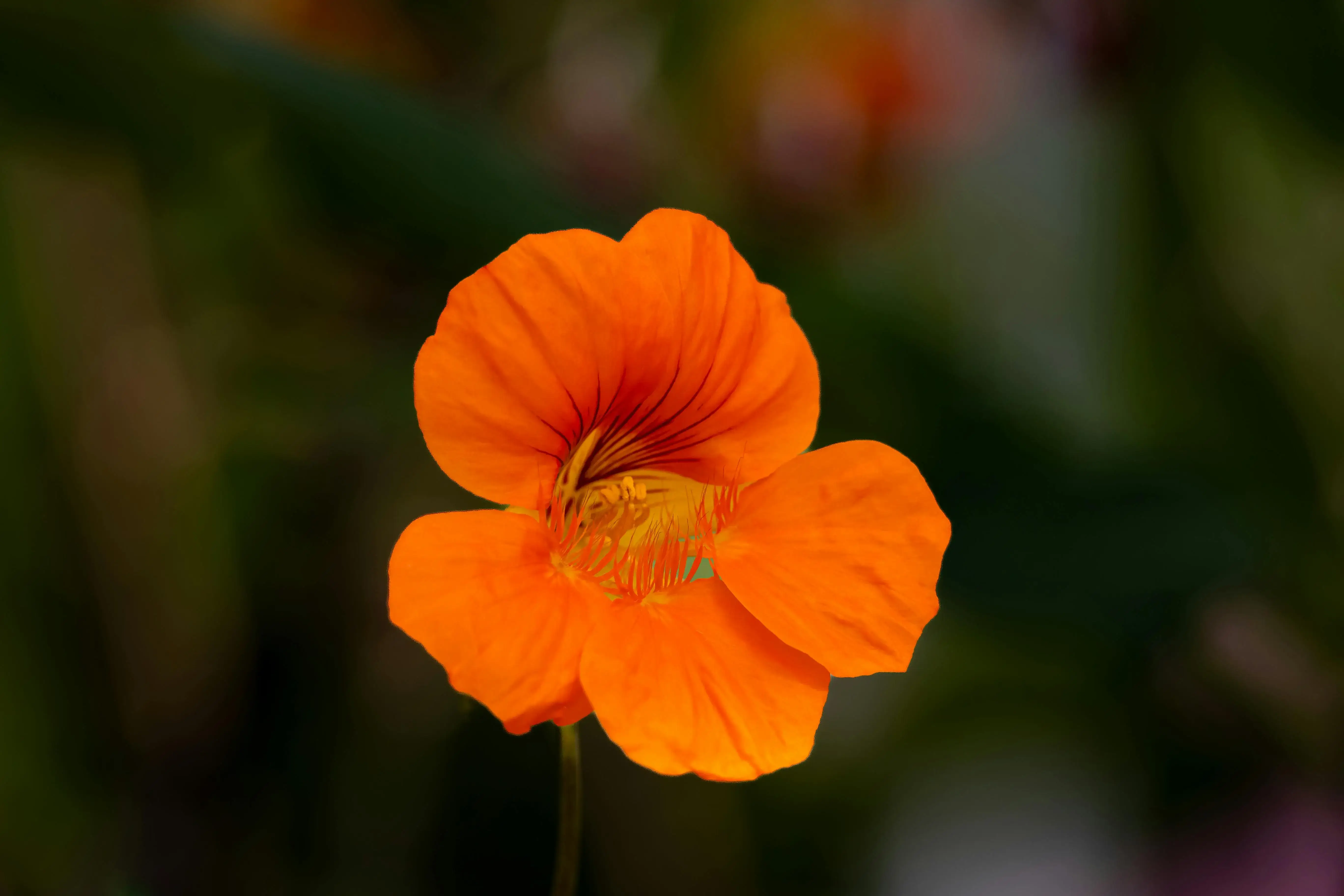

“What if your flowers were more than just pretty—they were dinner, too?”
That’s the beauty of Nasturtiums—a delightful combination of bright, cheerful blooms and edible leaves, flowers, and seeds. These easy-to-grow annuals are as much at home in the vegetable patch as they are trailing from a hanging basket or brightening a dull corner of the garden. With very little work on your part, they will give you a summer-long show of jewel-colored blooms and peppery-tasting greenery that brightens both salads and garden beds.
No matter whether you are growing them for their edible parts, their companion planting benefits, or just the joy that they bring to the landscape, Nasturtiums are an easy and rewarding plants for gardeners of all skill levels.
| Common Name | Nasturtium |
| Botanical Name | Tropaeolum majus |
| Type | Annual (Sometimes perennial in warm climates) |
| Height | 12–24 inches tall; trailing types can spread up to 10 feet |
| Sunlight | Full sun to partial shade |
| Soil | Well-draining, poor to moderately fertile soil |
| Watering | Moderate |
| Toxicity | Non-toxic (entire plant is edible) |
| Hardiness Zones | In most zones, it is grown as an annual |

September 18, 2025
10 minute read
September 18, 2025
10 minute read
September 17, 2025
9 minute read
September 17, 2025
20 minute read


Join as a seller and connect with thousands of B2B buyers nationwide!
Sign Up
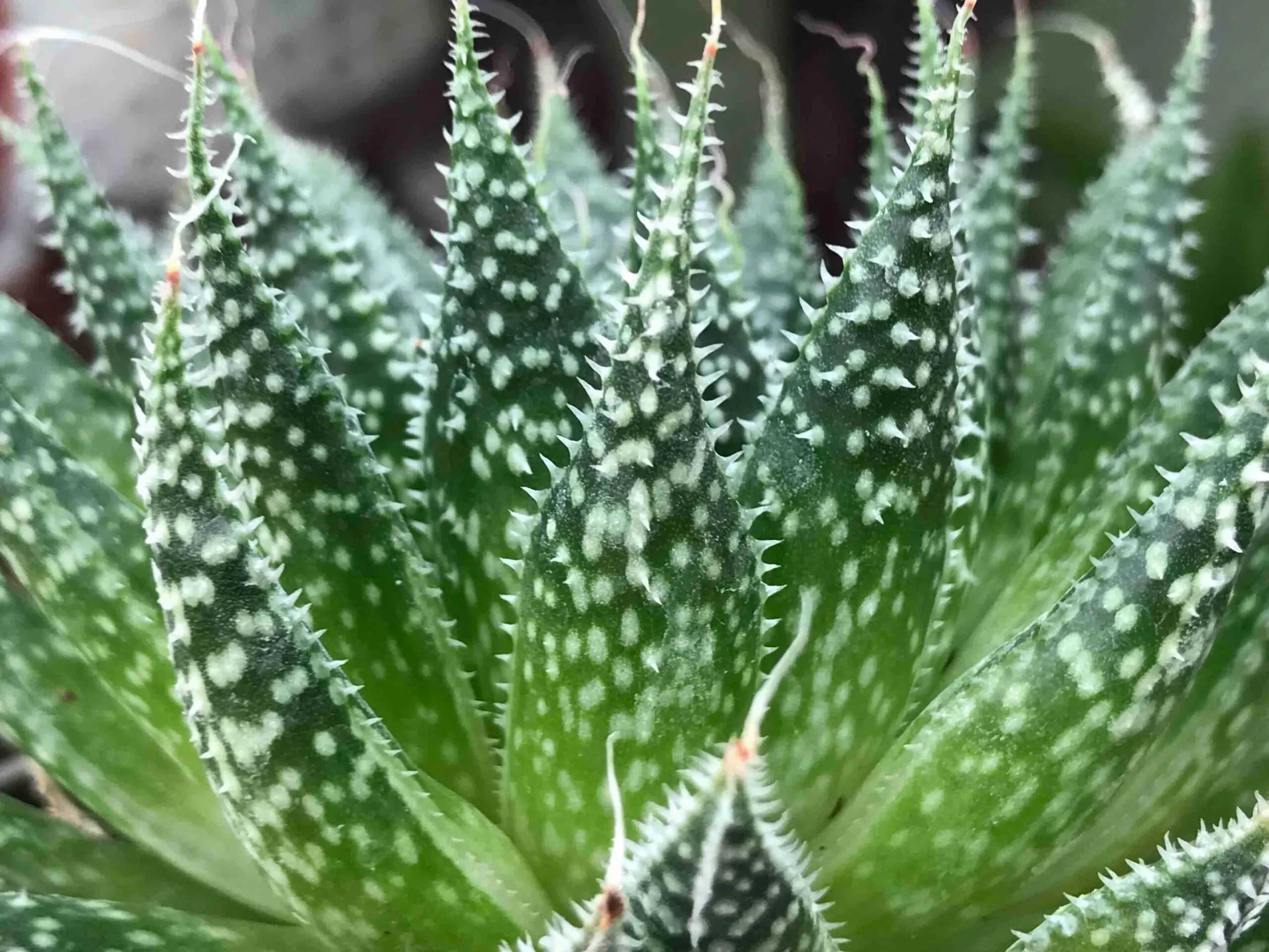
Lace Aloe
Lace Aloe (Aloe aristata) is a compact, ornamental succulent known for its graceful, lace-like white markings and soft yet spiky rosettes.

Naked Lady
This unusual perennial gets its name from its habit of sending up striking pink blooms on tall, leafless stalks—seemingly out of nowhere—just as summer is ending.
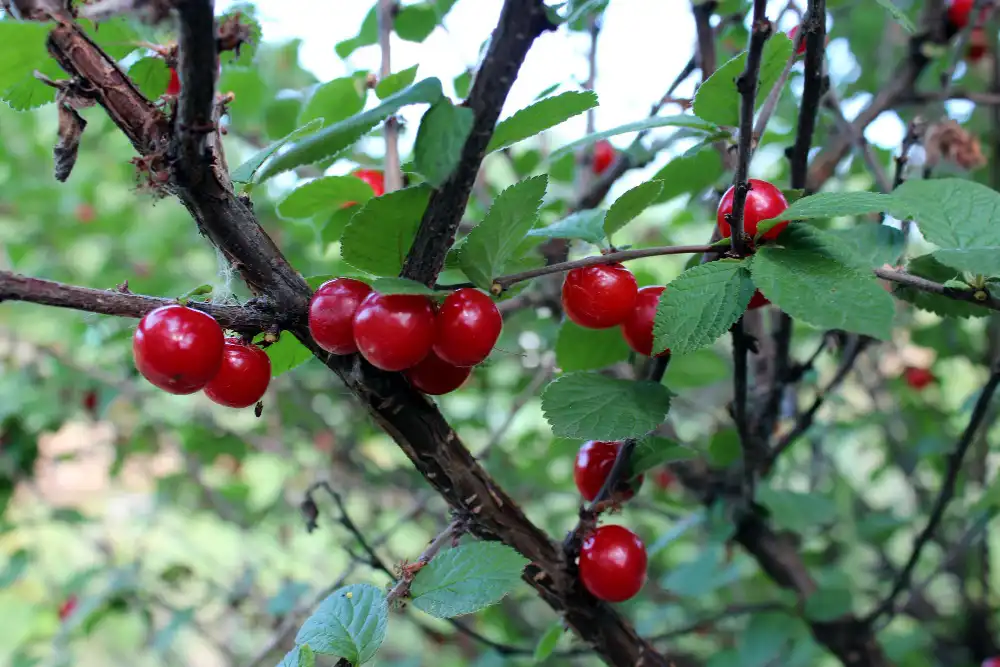
Nanking Cherry
Nanking Cherry (Prunus tomentosa) is a fruiting shrub that deserves a starring role in both edible and ornamental landscapes. This hardy deciduous species delights with pale pink-white blooms in spring, followed by a heavy crop of bright red cherries.

Lacecap Hydrangea
Would you ever imagine a plant that can change its flower color depending on the soil? Lacecap Hydrangea (Hydrangea macrophylla var. normalis) does exactly that.
Nasturtiums are easy-care and ideal for the novice gardener. They grow quickly from seed, are happy in poorer soils, and seldom need fertilizing. Most familiar for their trailing or bushy growth habit, they equally adapt easily at home in containers, hanging baskets and even vertical spaces such as trellises. These bright blooms not only attract pollinators but also serve as a great companion plant to deter pests from vegetables.
Nasturtiums thrive in full sun, 6 to 8 hours daily for maximum flower production. In extremely hot areas, some afternoon shade can help prevent heat stress. Too much shade, however, may result in more leaves and fewer blooms.
Interestingly, nasturtiums prefer poor to average soil. Overly rich or heavily fertilized soils result in lush foliage but very few flowers. The secret is good drainage—select a light, well-draining soil and steer clear of high-nitrogen fertilizers.
Maintain the soil moderately moist, especially during hot, dry spells. Nasturtiums are moderately drought-tolerant, but regular watering boosts healthy plants and better blooms.
Nasturtiums respond well to gentle pruning and pinching. Remove spent flowers regularly to promote ongoing blooming. If plants start to appear leggy or scraggly, prune them back by about one-third to incite growth. With trailing types, cutting back long vines promotes bushier growth and a more compact form.
Nasturtiums are most commonly grown from seed, which germinates quickly and easily.
While technically possible to root cuttings, growing from seed is far more effective and reliable.
Nasturtiums are ideal for pots and hanging baskets.
Nasturtiums are usually annuals in most climates and die back with the first frost. But they may become very short-lived perennials in frost-free zones (USDA 10–11). In cooler zones, they may be overwintered indoors:
Alternatively, collect seeds in fall for replanting in spring. Let the pods dry on the plant, then store them in a cool, dry place.
Nasturtiums start flowering in late spring or early summer and keep going until the first frost. The flowers come in shades of orange, red, yellow, and cream, with five-petaled blooms often marked by darker nectar guides that attract bees.
Blooming tips:
Though Nasturtiums are relatively pest-free, a few issues may arise:
Easy, edible, and endlessly cheerful, nasturtiums are a wonderful addition to any garden or patio. Whether you are growing them for their cheery flowers, pest-fighting powers or culinary uses, they provide charm and usefulness with little effort. Once you grow them, you’ll want them back every summer.
Yes! Leaves, flowers and even green seeds are edible; they taste slightly peppery.
Yes, if they get enough bright light or additional grow lights.
Often, yes. Nasturtiums readily self-seed in the garden if some flowers are left to go to seed.
Absolutely. They deter aphids, squash bugs, and whiteflies, so they are great companions in vegetable gardens.

Patios, Walkways & Driveways
Victor Miller

Soil Health & Fertilization
Victor Miller

Pest Identification & Prevention
Victor Miller

Soil Health & Fertilization
Gina Lazaarus
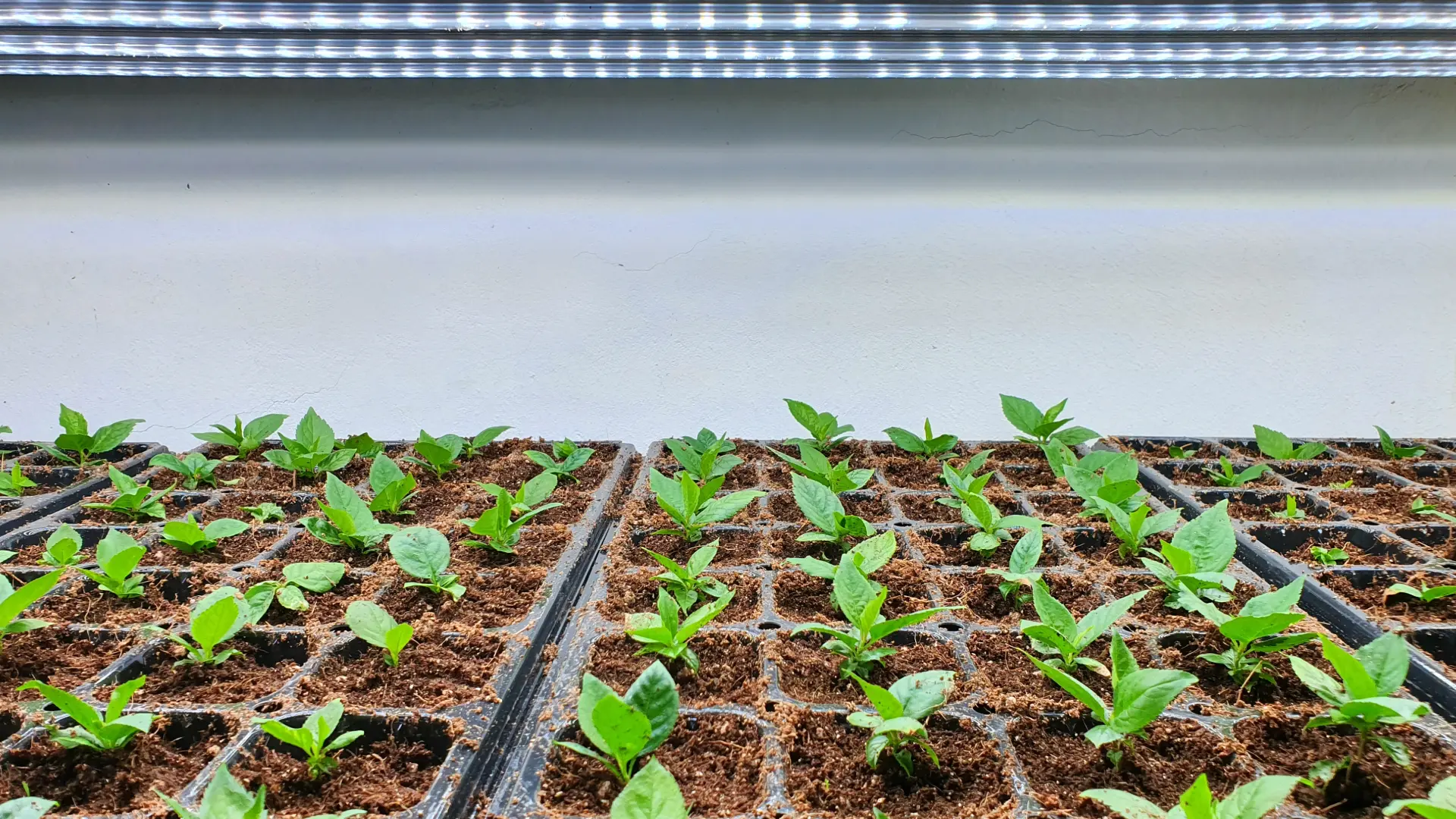
Lighting & Technique
Gina Lazaarus
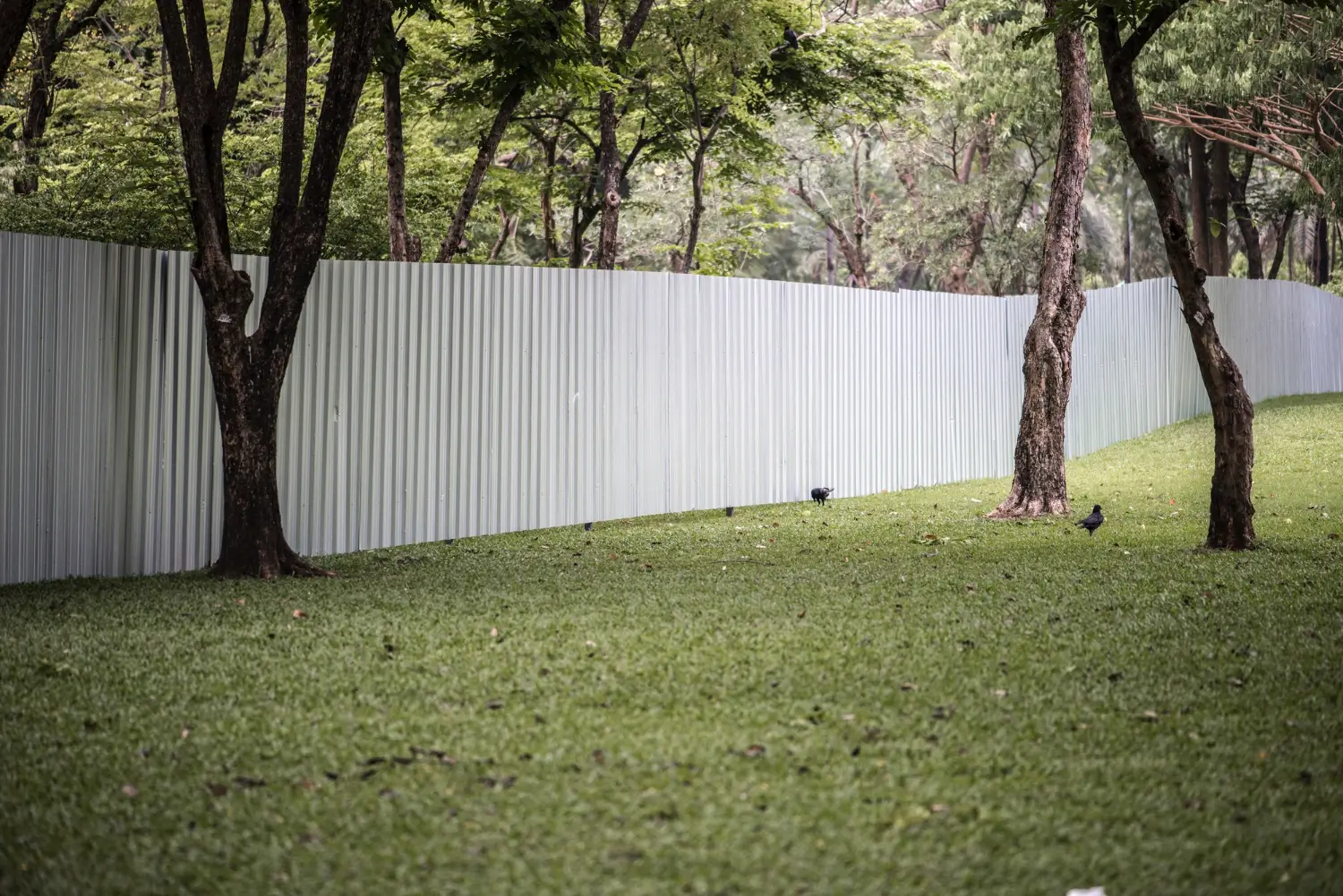
Construction Tips & Techniques
Victor Miller

Maintenance & Equipment Tips
Victor Miller

Soil Health & Fertilization
Victor Miller
My Account
Our team is always here to help.
We are open Monday - Friday, 9:00 AM to 4:30 PM PST.